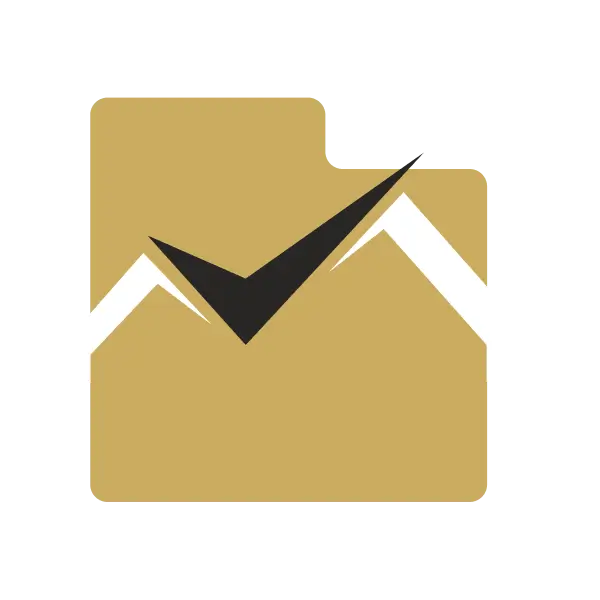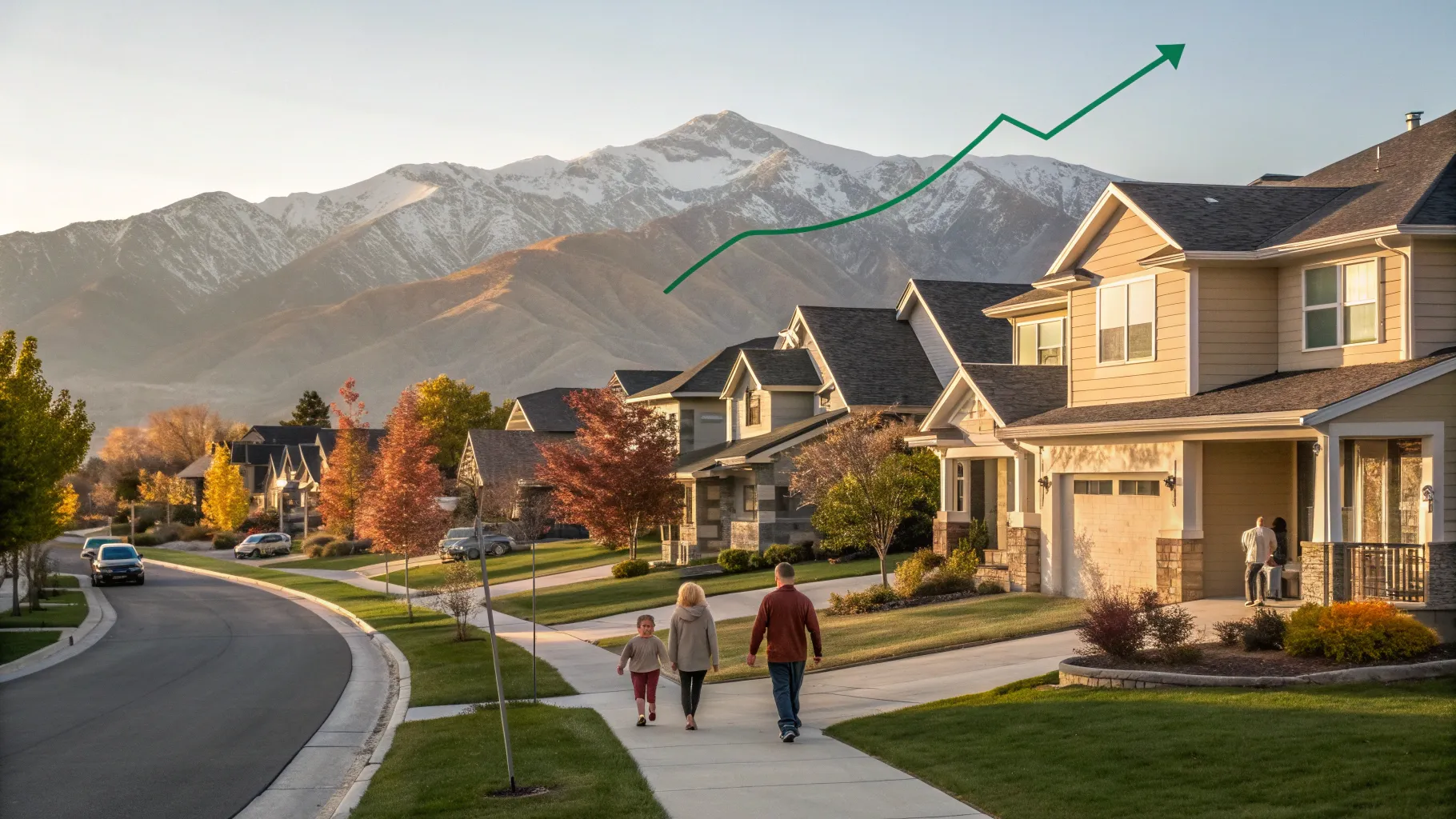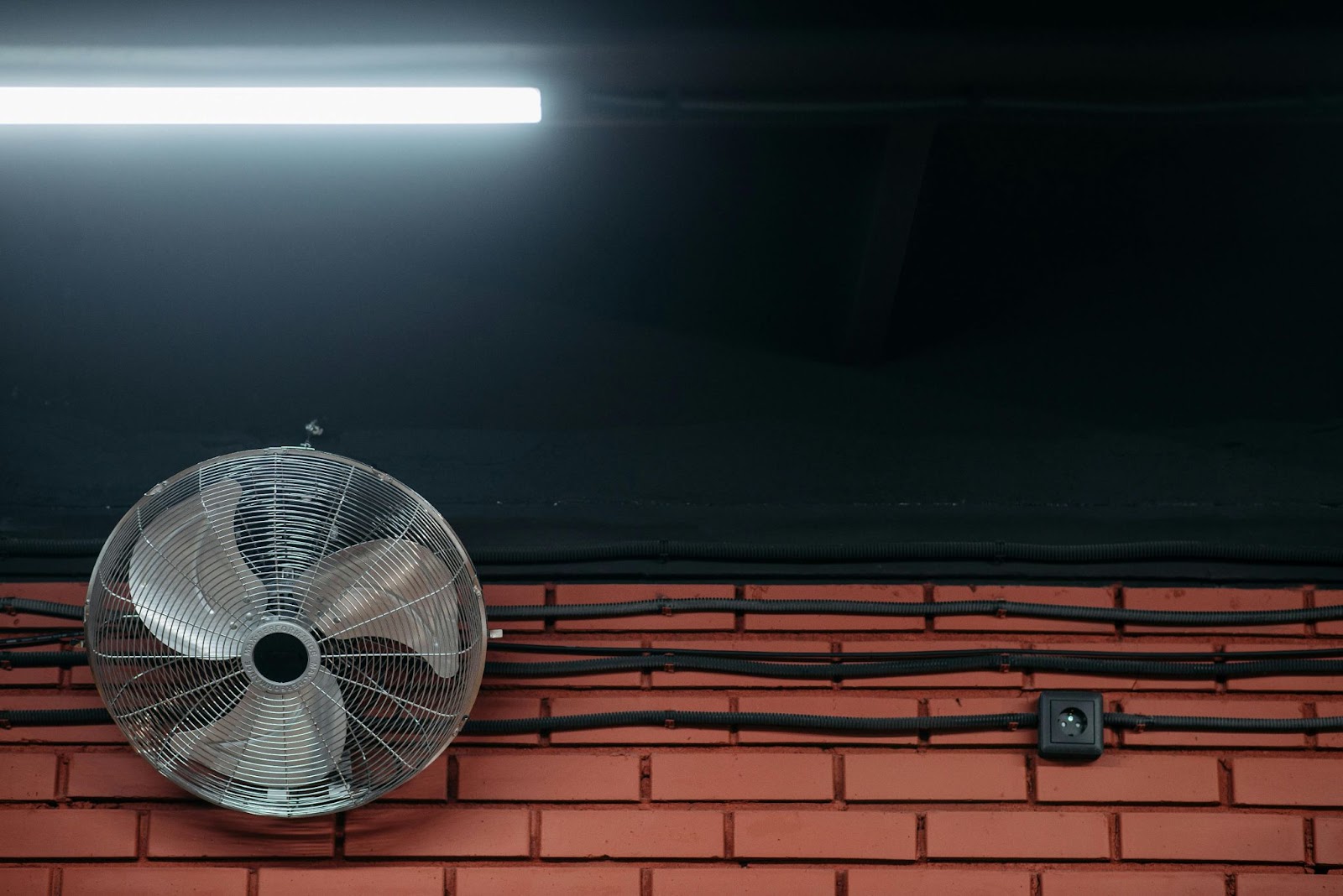
The heating, ventilation, and air conditioning (HVAC) industry is an essential component of modern infrastructure, providing comfort in both residential and commercial settings. However, various external factors significantly affect pricing and profit margins within this sector. One of those factors is tariffs, which can lead to increased costs for manufacturers, suppliers, and installers. Understanding how tariffs influence the pricing structures in the HVAC industry can empower business owners to make better financial decisions and adapt to fluctuating market conditions. By examining the intricacies of tariffs and their direct and indirect effects on HVAC pricing, we can gain valuable insights into managing costs effectively and ensuring the longevity of HVAC businesses in a competitive landscape.
Understanding Tariffs and Their Role in the HVAC Industry
Tariffs are taxes imposed by governments on imported goods, aimed at regulating trade and protecting domestic industries from foreign competition. In the HVAC sector, these tariffs can target various equipment and materials, including compressors, coils, and even entire air conditioning units. The purpose of these tariffs is often multifaceted—they may be designed to encourage local manufacturing or serve as punitive measures against foreign trade practices deemed unfair.
Alterations in tariff policies can have wide-ranging consequences, creating ripples that affect everything from supplier warehousing to end-user pricing. Such tariffs can lead to a significant increase in the costs incurred by HVAC businesses, as additional charges are passed down through the supply chain. With the volatility of global trade relations, HVAC businesses must stay informed about these governmental policies and their implications for operations, as failing to do so can lead to surprises in costs, reduced profit margins, and ultimately loss of competitiveness. For instance, businesses that rely heavily on imported goods may experience higher expenditure as tariffs escalate, prompting the need for careful budgeting and financial planning.
The Immediate Impact of Tariffs on Pricing
When tariffs are implemented, the most immediate effect observed is a surge in pricing. Typically, manufacturers confront increased costs for imported materials and components, compelling them to raise their selling prices to compensate for these additional expenses. As production costs increase, HVAC businesses often find themselves grappling with decisions about whether to absorb these costs or pass them on to consumers. The latter can be a risky strategy, particularly in a highly competitive market, where customers may be less tolerant of price hikes. In a market where competition drives innovation and pricing models, many HVAC businesses assess the likely long-term implications of such price increases on customer loyalty and market share. If products become significantly more expensive due to tariffs, companies may risk losing clientele to competitors who can offer similar solutions at lower prices. A delicate balance must therefore be maintained in pricing strategies, where businesses must consider the impact of tariffs on HVAC businesses, particularly regarding customer retention and market positioning. This balancing act can quickly become complicated as fluctuating tariffs create an unpredictable environment.
Long-term Consequences for HVAC Manufacturers
Long-term consequences of ongoing tariff structures can reshape the HVAC manufacturing landscape. Companies may pursue strategies to mitigate rising costs, including relocating production facilities to countries with more favorable trade conditions or investing in domestic manufacturing capabilities. Such strategic shifts can require substantial investment and capital, which not all companies may be able to afford. On the flip side, companies that make these adaptive changes could gain a competitive edge, positioning themselves to better absorb costs associated with tariffs while simultaneously retaining their customer base.
Explore Utah Real Estate

5618 E SOUTH FORK RD, Provo, UT
$43,000,000
6 10 22,958 sqft

864 W SAPPHIRE SKY LN #546, St George, UT
$4,300,000
7 9 5,136 sqft
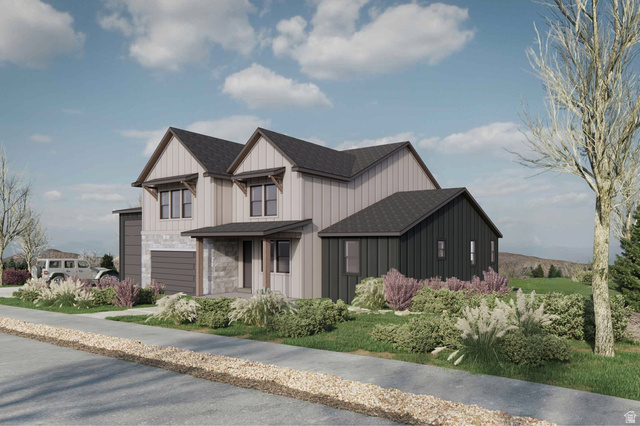
850 LAZY WAY #8, Francis, UT
$1,300,000
4 4 2,755 sqft
As manufacturers adapt to evolving tariffs, they may also explore alternative materials or product designs to reduce reliance on imported components. Tariffs often ignite innovation within the sector, inciting manufacturers to seek out local suppliers and form partnerships that drive down costs. This shift towards local sourcing not only helps mitigate potential increases in tariffs but also supports the domestic economy, creating a more sustainable business model in the long run.
Impact on Profit Margins and Overall Business Health
For HVAC professionals, understanding the impact of tariffs on their profit margins is vital for sustaining healthy business operations. When faced with rising costs, many businesses find that their gross profit margins begin to narrow, presenting challenges in maintaining overall profitability. Price increases may not fully cover rising costs, resulting in squeezed margins that can make cash flow management increasingly challenging. Companies must rigorously assess their pricing strategies against forecasted expenses, including how much of the tariff increases can realistically be passed along to consumers without deterring business.
The complexity of managing profit margins may require HVAC businesses to evaluate their operational efficiencies. Streamlining processes and reducing waste can offset some increased expenses, allowing companies to enhance profitability despite rising material costs. Implementing technology to improve resource allocation or enhancing workforce productivity can be proactive ways to preserve margins amid challenging pricing landscapes. A fine-tuned approach to operational efficiency can cushion against the financial impacts of external factors like tariffs, ultimately ensuring the business remains viable in the face of economic uncertainty.
Customer Perception and Behavioral Changes
Customer perception plays a pivotal role in how businesses navigate pricing changes resulting from tariffs. As end-users become more informed about the factors affecting HVAC pricing, they start to scrutinize the justification behind price increases. If their perception of value does not align with rising costs prompted by tariffs, their purchasing behavior may shift significantly.
Companies must actively communicate the reasons for price adjustments and illustrate the value that their products provide to foster trust and loyalty among their customers. Anticipating and adapting to these behavioral changes is essential for maintaining a robust customer base. HVAC businesses may need to adopt flexible pricing strategies, offer discounts, or invest in marketing campaigns that emphasize product quality and efficiency. By focusing on customer education and transparent communication regarding the rationale behind price fluctuations, HVAC companies can build stronger, more lasting relationships with their clientele.
More Properties You Might Like

7665 STERLING DR, Park City, UT
$6,100,000
5 6 4,975 sqft
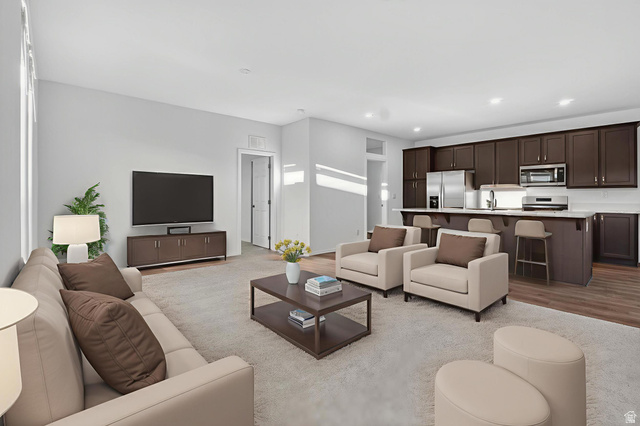
1700 W 2700 N #36, Pleasant View, UT
$230,000
4 2 2,100 sqft

5033 W DAYBREAK PKWY, South Jordan, UT
$384,900
2 3 1,548 sqft
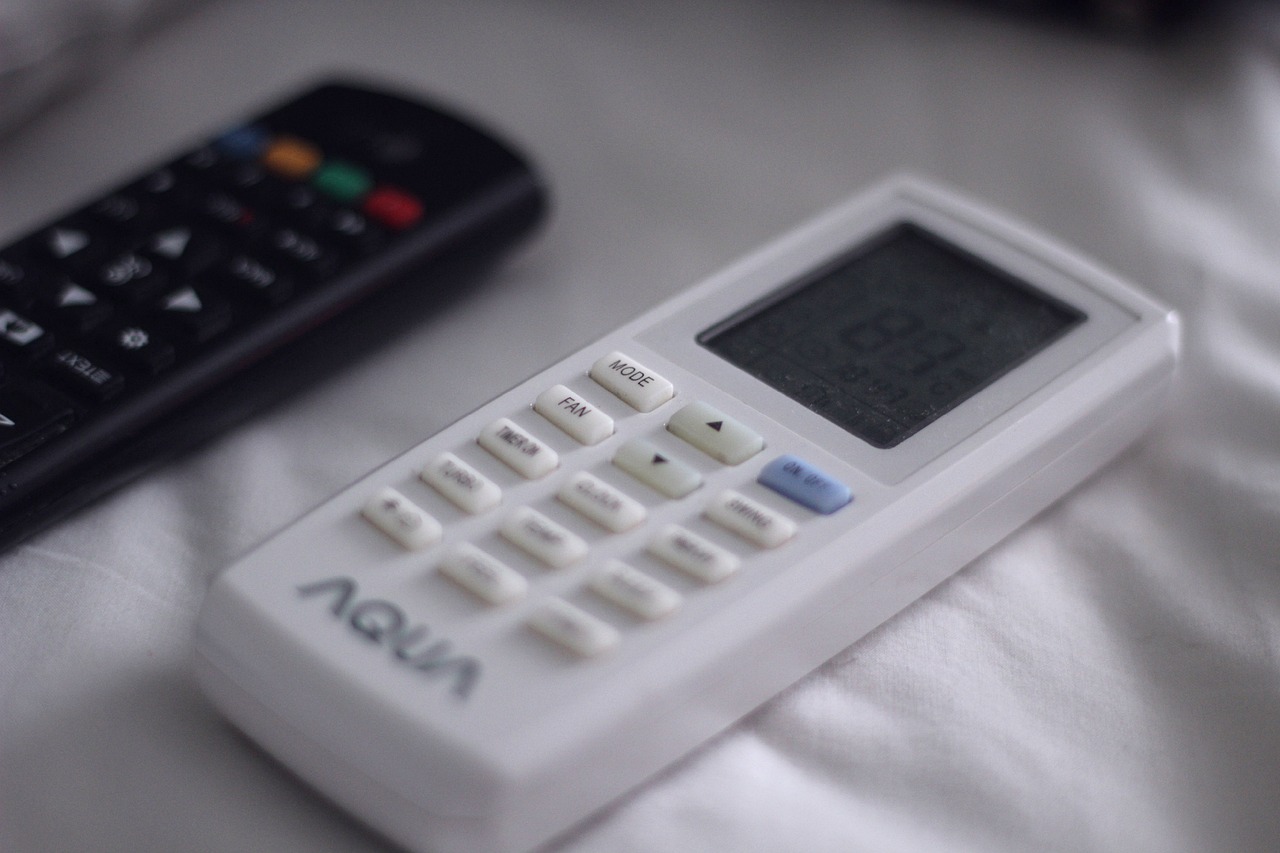
Strategies for Navigating Tariff Challenges
To mitigate the adverse effects of tariffs, HVAC businesses need to adopt proactive strategies. These may include diversifying suppliers and exploring new sourcing options that minimize tariff exposure. By working with multiple manufacturers and suppliers, companies minimize the risk posed by any single tariff or trade policy change. Exploring alternative materials and enhanced designs can alleviate dependence on high-tariff goods, providing flexibility in pricing strategies.
HVAC businesses may consider advocating for policy changes that could lead to favorable trade conditions. Engaging in industry associations and lobbying for more supportive tariff regulations can lend a collective voice that leads to beneficial shifts in governmental policy. Active participation in the legislative process can empower businesses to influence regulations that directly impact their operations, fostering a more stable market environment.
Investing in research and development can yield innovative products and solutions that command premium pricing, offsetting the impacts of tariffs over time. Embracing a culture of continuous improvement and adaptation gives HVAC companies the agility needed to respond to tariff changes while preserving profitability and sustaining customer satisfaction.
Understanding these dynamics can better equip HVAC companies to navigate financial uncertainties in the environment shaped by tariffs. Ultimately, those HVAC businesses willing to embrace flexibility and innovation will likely emerge as leaders in an industry that faces continuous change. The evolving predictors of success will embody a deep understanding of governmental impacts, consumer behavior, and global dynamics.
